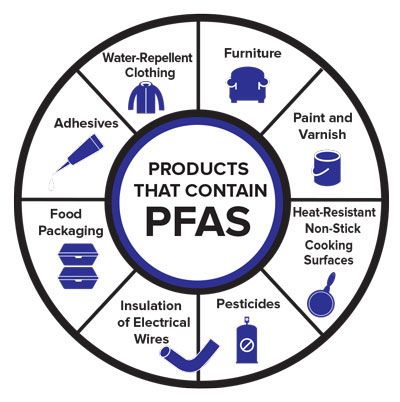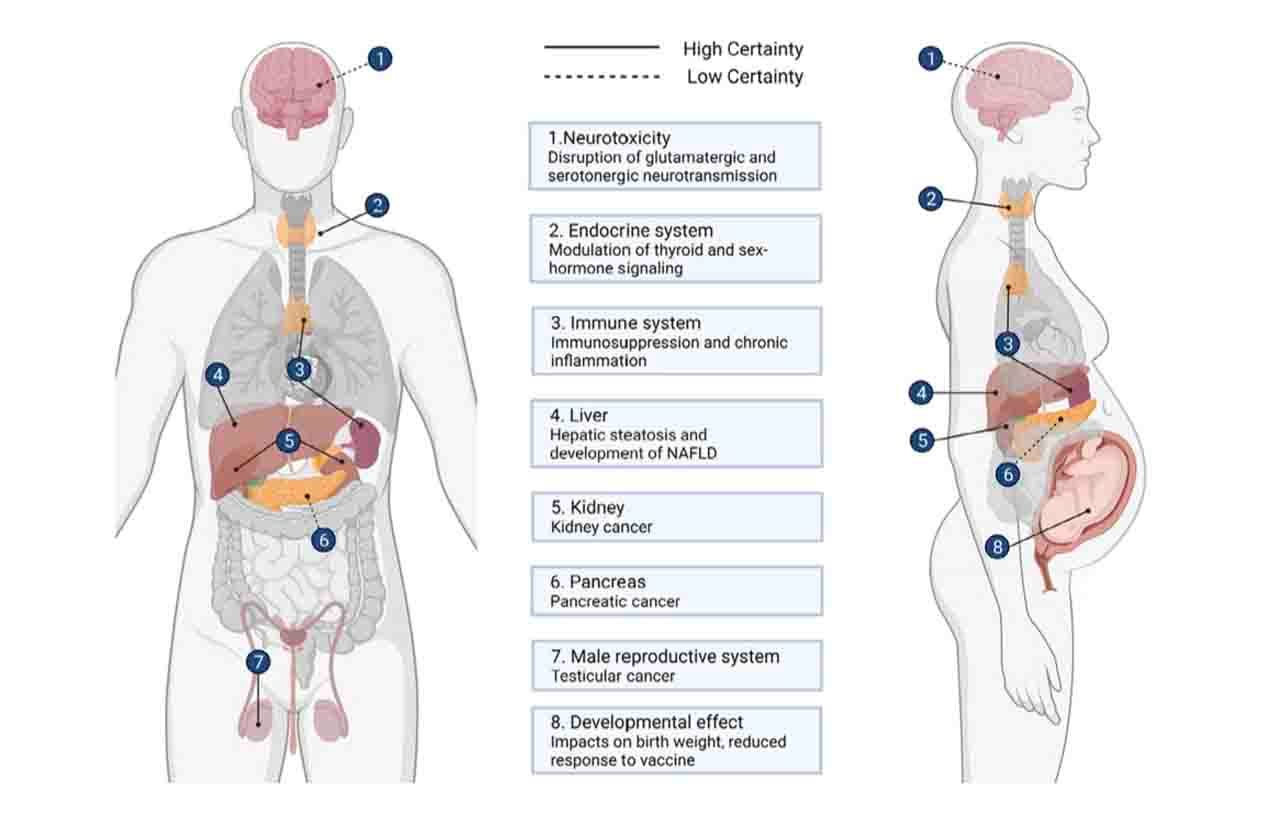Table of Contents
PFAS are synthetic substances characterized by their molecular structure, consisting of carbon atoms surrounded by fluorine atoms. PFAS chemicals are known for their water-resistant, corrosion-preventing, and weather-resistant properties. They are widely used in various industries, including electronics, plastics, coatings, and consumer products.

Assessing the Environmental and Health Concerns
These substances have been found to persist in the environment, bioaccumulate in organisms, and exhibit toxicity even at low levels of exposure. Studies have linked PFAS exposure to adverse effects on liver enzymes, immune function, endocrine systems, and fetal development. Stay informed about the latest research and scientific findings.

Understanding Regulatory Frameworks
The US Toxic Substances Control Act (TSCA) and its recent amendments play a significant role in regulating PFAS substances in the United States. The TSCA-PBT rule restricts persistent, bioaccumulative, and toxic substances, including certain PFAS chemicals. Additionally, the European Union has implemented regulations like the EU POP (Persistent Organic Pollutants) and REACH (Registration, Evaluation, Authorization, and Restriction of Chemicals) to control the use of PFAS chemicals.
When it comes to PFAS chemicals, public authorities generally take one of two approaches:
Restricting substances: Authorities, such as the US TSCA-PBT, EU POP, and REACH, impose restrictions on certain substances. These regulations aim to limit or prohibit the use of specific chemicals that pose environmental and health risks.
Chemicals disclosure requirements: Some regulations, like California Proposition 65 and EU REACH-SVHC, focus on the right-to-know principle. They require the disclosure of information regarding the presence of certain chemicals. This ensures that consumers and the public are informed about the potential risks associated with these substances.
In the United States, the latter approach applies to the regulation of per- and polyfluoroalkyl substances (PFAS) under the US Toxic Substances Control Act (TSCA). The TSCA sets guidelines and regulations for the use and disclosure of PFAS chemicals, emphasizing the importance of transparency and public awareness regarding their presence in products and materials.
Highlighting Compliance Measures
-
Staying updated on regulatory changes: Regularly monitor updates from regulatory bodies such as the EPA, EU authorities, and relevant state agencies to ensure compliance with evolving regulations.
-
Reporting obligations: Understand the reporting requirements outlined by regulatory bodies. For example, the TSCA reporting rule requires manufacturers to disclose PFAS content, intended use, volumes, and potential environmental and health effects.
-
Seeking alternatives: Encourage businesses to explore PFAS-free alternatives for their products, considering both functional requirements and environmental impact.
How Acquis can help you in Combating PFAS
We at Acquis understand the importance of aligning your operations with environmental compliance and sustainability goals. With our compliance automation solutions, you can streamline the process of tracking and reporting US TSCA-PBT, EU POP, and REACH content in your products, enabling you to stay ahead of regulatory changes and demonstrate your commitment to responsible environmental stewardship.
Our user-friendly tools empower you to make informed decisions, manage alternatives, and optimize your manufacturing processes without compromising on quality or efficiency.
Contact our compliance experts today to explore how our solutions can help you streamline your PFAS and other Environmental regulations to drive your sustainability initiatives forward. Together, we can create a greener, safer, and more sustainable world.
